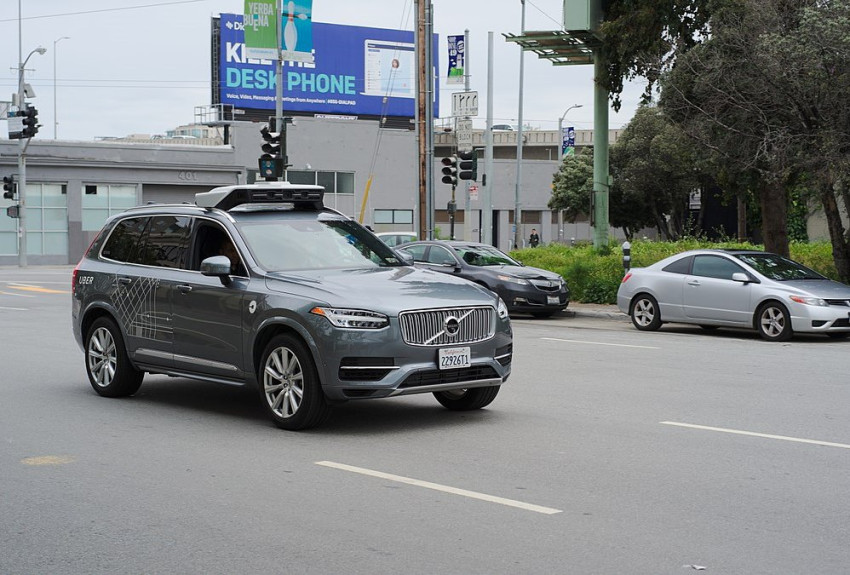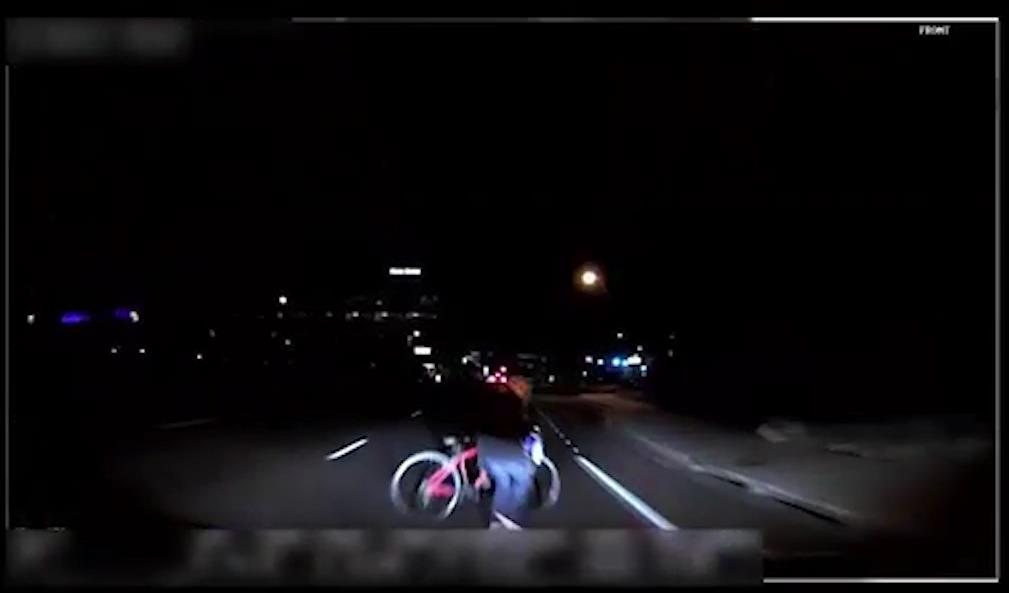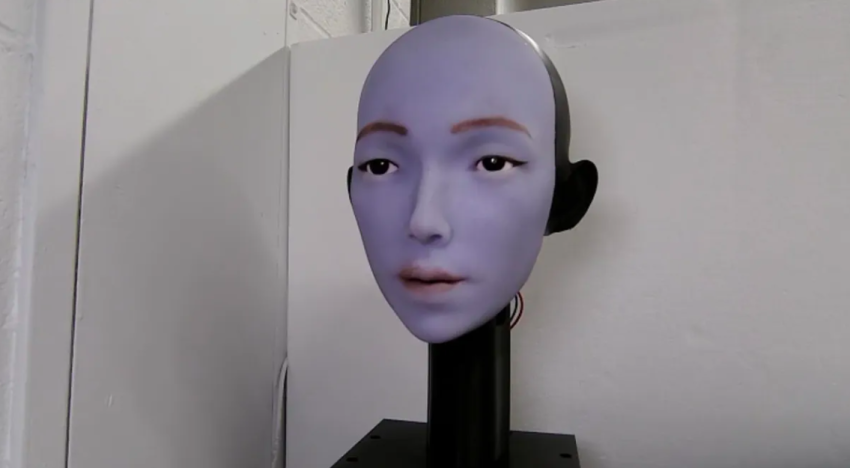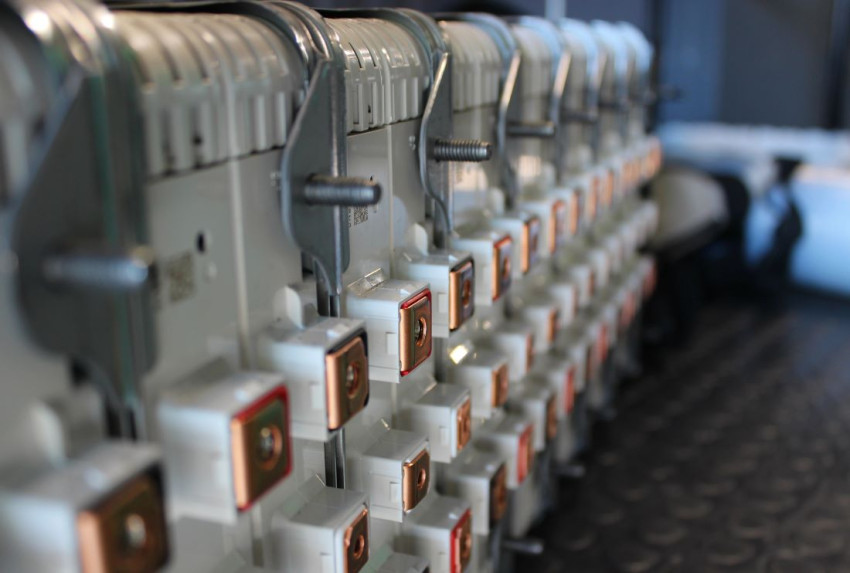
Arizona prohibits Uber's autonomous test cars
Uber is no longer allowed to test autonomous cars in Arizona for the time being. That was the decision taken by the state governor in reaction to last week's fatal accident.
Governor Doug Ducey has informed the CEO of Uber that the videos of the accident raise such serious questions that he very strongly doubts whether the company can guarantee the safety of its tests. Public traffic safety must always have priority. And so Ducey has withdrawn Uber's authorisation, according to US media. Uber itself had announced it would stop testing autonomous cars temporarily in Arizona and in the cities of Pittsburgh, San Francisco and Toronto, directly after the accident.
On 18 March, an autonomous test car hit and killed a pedestrian in Tempe, a suburb of Phoenix. A video release of the Uber autonomous Volvo XC90 shows that it failed to respond at all to the pedestrian crossing the street, which it obviously should have. The Uber employee in the car apparently looks downward just before the collision and can therefore no longer intervene in time.
Avoidable
'All my professional colleagues have foreseen that an accident with a pedestrian was inevitable. Even more regrettable is that the accident was completely unnecessary – it was avoidable,' explains Dariu Gavrila, Professor in Intelligent Vehicles at Delft University of Technology, and previously responsible for a pedestrian detection system at Mercedes. 'The car's lidar will certainly have detected the pedestrian crossing the road in good time. So too would the camera, with 80 to 90% certainty.'
The fact that the autonomous Uber did not brake automatically can point to a number of technical problems. 'This is all still speculation, but I recognise three options. Firstly, the lidar could have been broken or switched off. Secondly, a problem may have occurred in the fusion, the cooperation between the devices. Finally, an old-fashioned hardware problem may have been the cause, such as a defective brake.'
And let's not forget the safety driver, the Uber employee who must intervene in emergencies. He was not holding the steering wheel, as he should have been. It is also unclear why he looked downward just before the crash. Even if he had been watching the road, it is very questionable whether he could have braked on time to save the pedestrian, as the car was travelling at more than 60 km/h at that point.

Space for testing
Arizona is one of the American states that allow companies plenty of space to test their autonomous cars. Waymo, Lyft, General Motors and Intel are also all testing in Arizona. That state does not oblige them to regularly share their test results with the government, for example, unlike the rules imposed in California.
Arizona also has an agreeable climate. The weather is warm and dry – ideal clear conditions for the cameras on board the autonomous cars. And many of the cities in Arizona have a very regular, square pattern of streets, giving great predictability.
Uber was not ready
Uber has been struggling with its autonomous technology for some time, reports the New York Times. The test cars have difficulty driving around building sites, poorly organised environments with many loose objects, and alongside large trucks. Uber employees were also forced to intervene much more often than colleagues at competing companies. According to company documentation made available to the newspaper, an intervention was required once every 13 miles on average. In comparison, competitor Waymo intervenes every 5600 miles these days. Gavrila: 'With this knowledge, it's nothing short of a serious scandal that Uber dared to drive around the streets of Arizona at 60 km/h, with only one safety driver on board. The company simply was not ready.'
Taxi service
According to the New York Times, Uber wanted to offer an autonomous taxi service by the end of this year. And the CEO of Uber was due to visit Arizona in April – local Uber engineers had planned to offer him an error-free autonomous test drive. All these facts paint a picture of Uber's extreme haste to introduce its autonomous car programme. More haste, less speed, it would now seem.
The Arizona measure could have considerable repercussions for the introduction of autonomous cars, also check out this observation by The Economist. It remains to be seen how other states in the US that currently still welcome autonomous cars, will react. And it represents the next dent in the Uber image. The investigations into the incident in Tempe are ongoing, and it is not looking good for the company.
Gavrila from Delft University of Technology does not expect any great delay in the implementation of autonomous cars across the board. And he would be pleased to see the legislation tightened with regard to testing autonomous cars. 'Knowing what we now know, Arizona resembled the wild west. We should be looking at a system in which you begin with two safety drivers and low speeds. Once companies can prove that they can drive without incidents, the speed can be gradually increased. Take Waymo for example, which has been testing for many years, and has not caused any accidents worth mentioning.'
If you found this article interesting, subscribe for free to our weekly newsletter!
Opening photo: An autonomous Uber Volvo XC90. Photo: Dllu / CC BY-SA 4.0







